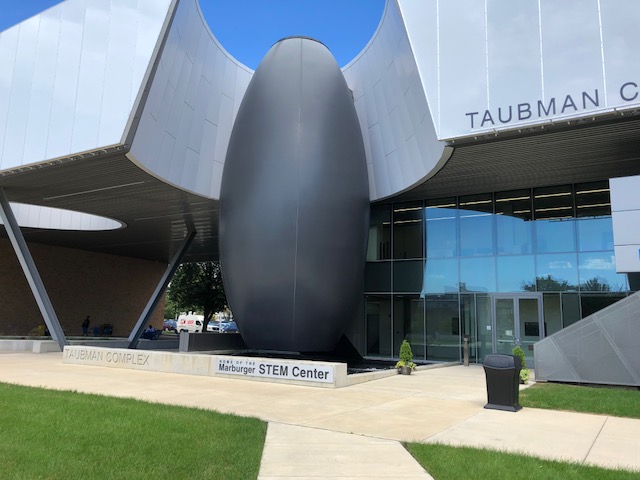bflynn
Final Approach
branching from the titanic sub thread to talk more about carbon fiber as airplane structures
Interesting. how suitable is carbon fiber for airplane structures? I’m thinking of dark aero. Are they building an airplane that going to suddenly break apart one day at an unknown time?
https://www.darkaero.com/aircraft
are there other carbon fiber aircraft?
It's not just the obvious poor strength relative to competitor materials in compression, composites also have really dodgy fatigue curve characteristics. Treasonous would be my word choice.
Spent one too many years during my stay at Purdue working on these things, my master's concentration was on fatigue and crack propagation in aircraft structures. When it comes to predictive fatigue and propagation behavior, composite is the typical american wife hitting her 40s. She's gonna wreck your life, you just can't tell when.... and frankly neither does she.
Interesting. how suitable is carbon fiber for airplane structures? I’m thinking of dark aero. Are they building an airplane that going to suddenly break apart one day at an unknown time?
https://www.darkaero.com/aircraft
are there other carbon fiber aircraft?


